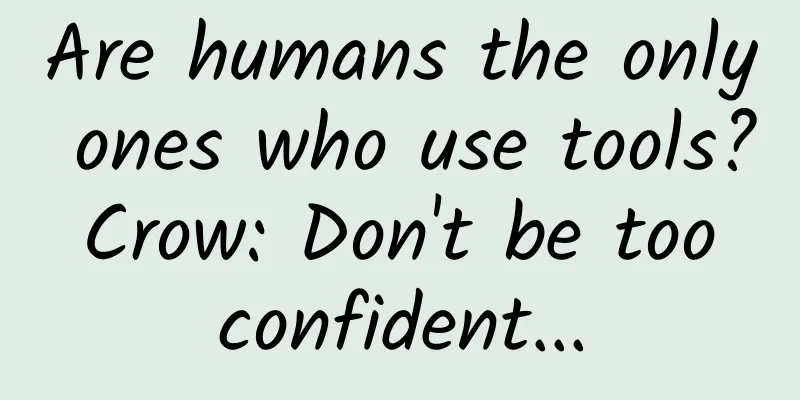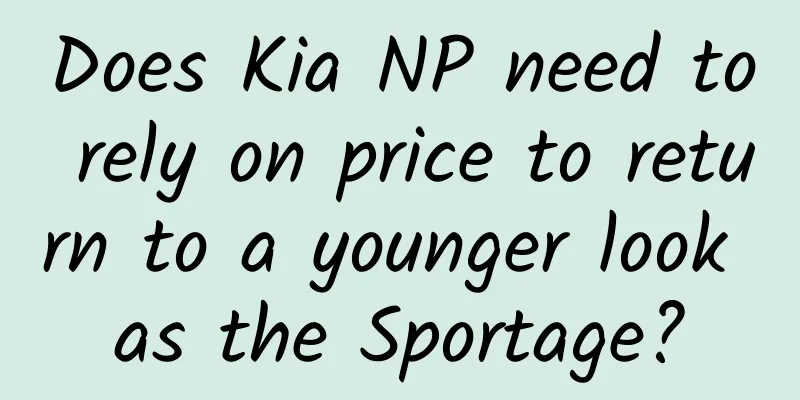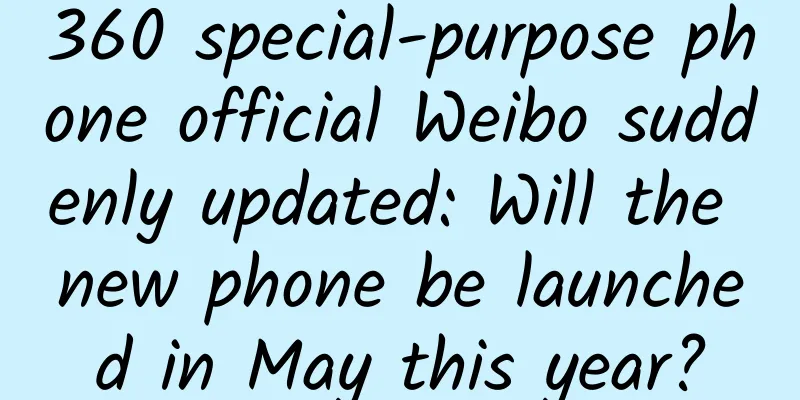Analysis of the rules of Xiaohongshu's deduction mechanism

|
After more than a month of rumors, the shoe finally dropped Xiaohongshu brand violation deduction management rules will be supervised from April 13, and deduction management will start from April 20 Let’s first look at the specific terms of the new regulations. The purpose is very clear, to control "underwater transactions", to make all influencer ads traded on the platform, and to suppress soft advertising marketing notes. If soft advertising marketing notes are detected, points will be deducted. Each brand has an original score of 10 points, and two points will be deducted for each violation. The punishment for each violation is different, which will be explained below. 1) Two-point penaltySales warning After the first two points are deducted, you will be warned, but your traffic will not be affected. Note that the warning is reached via "Sales". You taste it, you taste it carefully After you open a brand enterprise account, Xiaohongshu official staff will come to establish a connection. After understanding the brand industry category and marketing needs, they will recommend you to join the Xiaohongshu GALA system and then recommend commercial traffic tools. This type of staff belongs to "sales" Therefore, after the "sales" issues a warning, there is a high probability that some adjustment suggestions will be made, and it is estimated that the recommendation of commercial traffic tools will be inevitable. 2) Four-point penaltyNew notes will not be included for 7 days (no natural traffic) After being deducted 4 points, new brand-related notes will not be included, regardless of whether they are "tap water" or soft advertising. In short, all brand-related notes other than the registered notes will be cut off, cutting off the search traffic related to the brand word. Not included = all brand-related notes will not be displayed on the search page 3) Six-point penaltyNon-brand words are restricted to 7 days in the entire domain After 6 points are deducted, all related notes except for reports and enterprise account notes will be restricted in general search and feed flow scenarios. This means that not only the search traffic for brand words is cut off, but also the general search words and discovery pages are cut off. All search traffic and recommended traffic are limited for 7 days. As of now, all traffic within the site will be cut off. 4) Eight-point penaltyNon-brand words are restricted to 28 days in the entire domain Same as 6-point penalty, but the penalty period is changed from 7 days to 28 days 5) Severe punishment28-day ban In addition to the restrictions on search traffic and recommended traffic, business notes and business traffic tool permissions will also be reclaimed, and brand bans will be displayed directly when searching for brand words on the search page After all ten points are deducted, there is a 28-day observation period, and the points can be gradually restored without any marketing actions. Seeing this, I guess everyone started to take a deep breath and began to worry whether the subsequent marketing plan can be carried out as scheduled. It is reasonable to be concerned, but there is no need to over-interpret or panic, because Xiaohongshu still has some problems to solve. The accuracy of supervision remains to be verified It is certain that platform supervision will be stricter, but based on the platform’s current semantic analysis capabilities, can it accurately distinguish between tap water and soft advertising notes? If not, the deduction threshold must not be too high. If the deduction threshold is set too high, a large proportion of water notes will be affected, which will greatly affect the number of notes on Xiaohongshu. For Xiaohongshu, which is preparing for listing, it is obviously not the best choice. How the platform is regulated According to the "Panda Plan" announced by Xiaohongshu, the monitoring of false soft advertising content adopts a three-review model of "machine interception + manual review + reporting response". That is to say, after the note is sent out, the platform will first conduct an initial review of the content. The approximate scope of the review is whether it involves brand words, marketing words, fake suggestive words, etc. After several years of text model accumulation, the platform can recognize at least 80% of the note content. The remaining 20% of notes that cannot be recognized by the platform's known text model will enter manual review. As for the standards of manual review, even if they are highly standardized, there will definitely be different trial results due to differences in understanding between people. The trial results of this part are more black box than the platform's initial review, which basically brings more troubles than blessings. Finally, the report response is easy to understand. If a note is reported by a user, it will face the most stringent review and then be dealt with seriously. So, to sum up, my conclusion is that it is difficult to cut off soft advertising, but soft advertising needs to change its form and be closer to "tap water", and the proportion of reported notes and the utilization rate of business tools must be improved. Here are some solutions for your reference. Solution 1) The balance between reporting and not reporting is 1:10 2) I would like to emphasize here that it is useless to simply mark the notes with a statement of interest. The platform does not supervise whether the notes are marked with a statement of interest, but the quantity and quality. Therefore, if you do not report the notes, please do not implant too many marketing selling points, do not mention the brand too many times, and use real user experience as the creative idea 3) Uncooperative marketing accounts, data accounts, and accounts with a high proportion of soft advertising 4) Control the pace of delivery, avoid a surge in the number of soft-advertising notes, and deliver in batches in accordance with the reported notes; if it involves marketing nodes, it is inevitable that the volume will surge in the short term, so please increase the reporting ratio 5) Brand professional accounts work with high-quality influencers to jointly create high-quality topics and generate UGC, replacing meaningless behaviors of gaining millions of followers (after all, what Xiaohongshu opposes is low-quality soft-advertising notes, not interesting and resonant creative topics) above |
<<: 4 new ideas for brand marketing!
>>: Cong Fei uses 5 OH card methods to talk to others
Recommend
How to do content marketing without money? Can you do it?
"No money", "No budget"... ar...
Planning a trip during the holidays? Here is a guide to outdoor activities safety
More and more people Pursue the fun and excitemen...
The man next to Darwin invented weather forecasting
The winning works of the 2023 "China Science...
A "tea-making party" that ignites your taste buds may quietly poison you
Your browser does not support the video tag What ...
How are well-known educational institutions using short videos to make famous teachers famous?
2019-2020 is a period for short video creators in...
What should I do if my white headphones get dirty?
White earphones will become dirty and grayish blac...
Good news: mosquitoes are dying of heat in the south; bad news: they're heading north
August 20th is World Mosquito Day . This day is n...
360 Dianjing bidding promotion system, what is the user experience like?
Since I took over a 360 search promotion project ...
Intel: How to support Cocos engine
At the recently held Cocos 2014 Developer Confere...
How to plan an online event?
Activities are a tool in operations work, and the...
Toutiao: We aim to earn 6 billion from advertising this year and make the data transparent!
It is said that the second floor of the new offic...
Xpeng Motors Wuhan factory project officially launched, accelerating the separation process with Hainan Mazda
New car manufacturers often face a choice when en...
5 ways to quickly increase your Zhihu followers!
To be honest, I am quite reluctant to share this ...
Speaking of the relationship between PHP's Memcache & Memcached extensions, do you understand it?
[51CTO.com original article] Memcached is a free,...
Lao Jiang's "First-line Upgrade" advanced class's latest handicap is a new trick to achieve the secret of being one step ahead
Lao Jiang's "First-line Upgrade" Ad...









